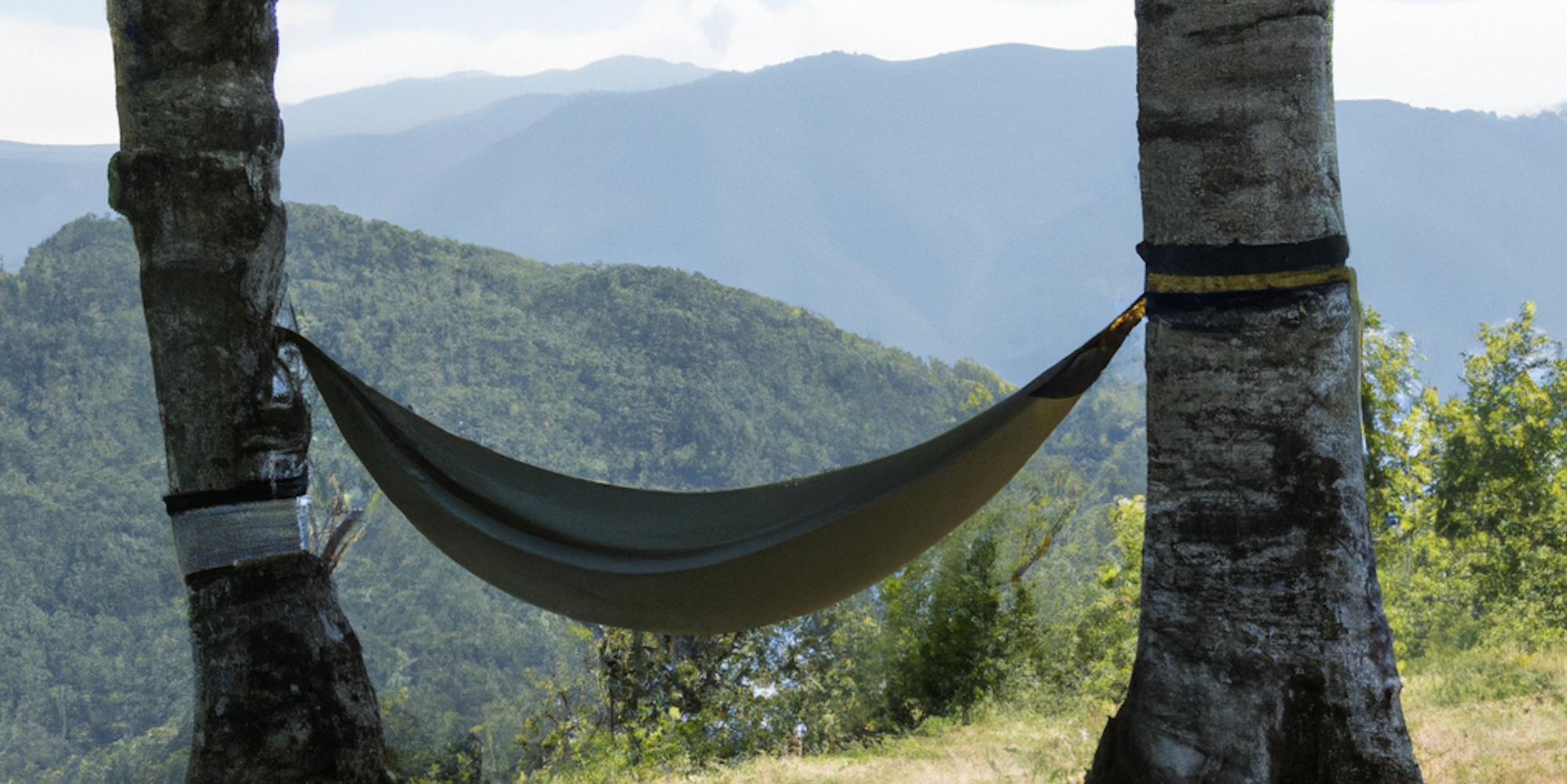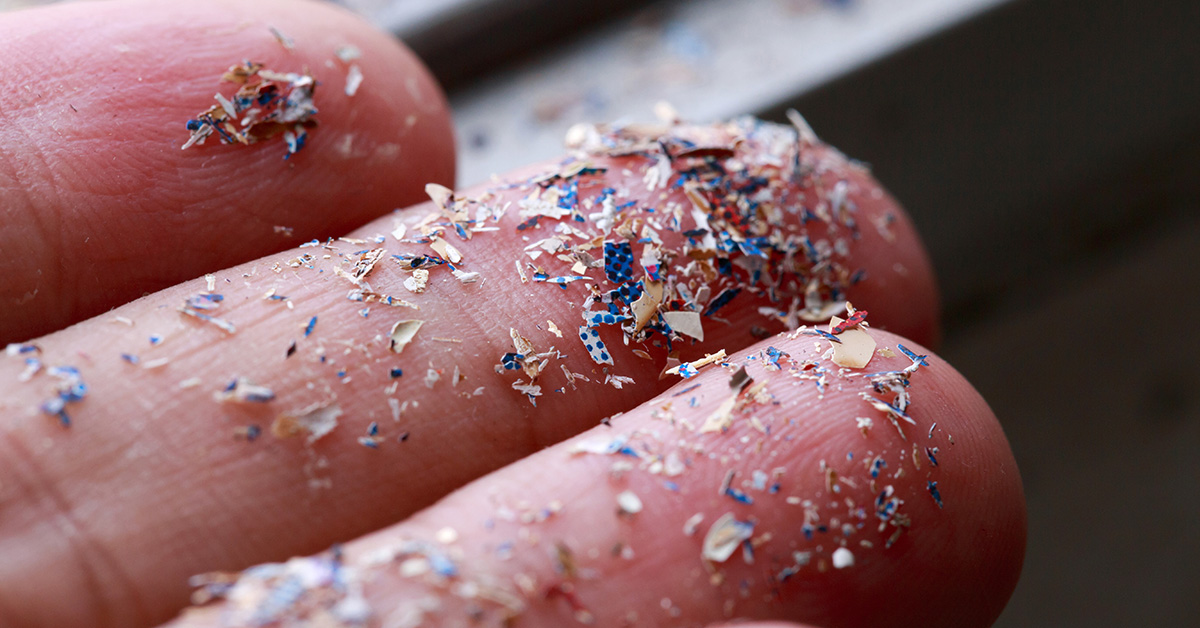Table of Contents

Last Frost and What That Means For Your Garden
Southern states are the perfect place to grow warm-season crops. You’ll get a long, frost-free growing season to grow your favorite crops. Knowing the last frost dates can help you make the most out of your garden.
Last frost date is a very important consideration when planting your garden. Every location has its own last frost date. The ideal planting time of different crops varies with the frost dates. Knowing the frost dates of your area is synonymous to planting your crops at the right time. Almost all warm season crops depend on these dates to be planted safely in the ground without the risk of frost lingering over them.
What Is A Frost Date?
A frost date is the predicted date for the first light freeze in fall or the last light freeze in spring. A frost is when the air temperature falls below freezing 32 degrees Fahrenheit (0 degrees Celsius). Frost dates are an estimation based on the historical data of the area. Sometimes, frost may occur after the last frost date or before the first frost date, but the probability of such cases is low.
Frost dates play a key role in planning your garden. Warm season crops are planted after the last frost in spring and harvested before the first frost in fall. The idea is to prevent the encounter of tender summer crops with frost. Frost can damage or kill young plants. It also damages tender new growth on established plants.
What Is The Last Frost Date In Southern States?
Southern states span a vast geographical area and fall into different USDA growing zones depending on their climate. In general, the South is warmer and has a longer growing season than the northern states. The last frost date in your area will vary with the exact growing zone you are in. For example, the average last frost date in Georgia is April 1 to April 10. There’s still a 10% chance that the temperature will drop below 32 degrees Fahrenheit on or after this date. So any date between April 1 to April 10 is your 10% frost date.
If you’re not living in Georgia, there are plenty of resources that can help you find the last frost date through your zip code. You can pop in your zip code in the frost date calendar by Dave’s Garden to find out the last frost date in your region. Almanac also offers a reliable frost date calendar through city name or zip code.
Additionally, do keep an eye on the last frost of the year. Take a note of the dates so you have a better idea on when to start planting your summer crops next season.
What To Plant After Last Frost
Most seed packets have instructions around the lines, “plant after the risk of frost has passed”. That’s where the last frost date that you found out using the resources mentioned above will come in handy. Once you know when was the last frost in the previous years and when it is expected this year, the next step is to decide what to plant and when to plant it.
Most warm season crops are planted in the ground after the last frost date. This is because the tender heat-loving seedlings are easily killed with any signs of frost.
For the majority of summer crops, make sure the soil temperature is consistently above 55 degrees Fahrenheit before planting. Tomatoes, however, thrive in temperatures above 60 degrees Fahrenheit.
Here’s a list of vegetables you can plant after the last frost date, together with the earliest date to sow seeds according to the frost dates:
| Crop | Earliest Date To Sow Seeds With Reference To Last Frost Date |
|---|---|
| Beans | On last frost date |
| Corn | One week after |
| Cucumber | One week after |
| Basil | One week after |
| Melon | Two weeks after |
| Pumpkin | Two weeks after |
| Squash | Two weeks after |
| Tomatoes | Two to three weeks after |
| Pepper | Two weeks after |
| Eggplant | One to two weeks after |
| Okra | Two to three weeks after |
Getting Your Garden Ready For Last Frost
Once you know the Southern states last frost to watch out for, there are a number of garden tasks in line to get down to. Here are some of the tasks to get down around the frost dates:
Test Your Soil
Before you can start working the soil and planting your crops, it’s important to learn more about the specific soil type present in your garden and what it can offer to the crops. Any deficiencies can be then catered through the appropriate amendments. Take soil samples from different points in your garden and take them to the nearest extension to have them tested.
The local extension will provide you a complete soil report, telling you any nutrient deficiencies and the soil pH. Soil pH between 5.5 to 7 is the preferred range for most crops. If the soil pH lies outside this range, you’ll need to make some amendments to adjust the pH for optimal plant growth. Acidic soil is treated with materials containing lime, while alkaline soil is treated by applying ammonium sulfate or sulfur.
Work The Soil
Don’t wait for the last frost of the year to start preparing the ground. In general, you should work the soil well before the last frost to prepare it for the spring plantings. Keep in mind that plenty of cool-season crops can go in the ground before the last frost. Prepare the soil well in advance to accommodate both cool-weather and warm-weather crops to make the most out of your growing space. However, wait until the ground is dry and not frozen before you can start digging. Fortunately, the ground rarely freezes over in most southern states, which means you’ll find the ground dry in early spring, ideal for being worked.
Remove weeds and any dead plants from last season before tilling the soil and incorporating organic amendments. Organic amendments, such as compost or aged manure makes the soil healthier and nourishing for your plants and improves its texture for optimal root development.
Plant Cool Season Crops
Cool-season crops are typically planted 4 to 6 weeks before the last frost. Order the seeds for broccoli, cabbage, cauliflower, peas, radishes and leafy greens in advance and check the planting dates on the seed packets. Make sure you sow the seeds in the ground in time for them to produce harvests before the weather starts warming up in late spring to summer. By this time, you’ll be ready to plant warm-season crops.
Plant Warm Season Crops
Once the last frost is over, it’s time to plant the warm season crops. The seed packet will tell you the ideal planting time for the specific variety you plan on growing. Squash, pepper, beans, potatoes and tomatoes are some of the tender warm-weather crops that are best planted after the last frost date.
Garden Care During Frost
Your garden needs some attention to survive the frost. Even if you have planned the garden according to the last frost dates in your area, sometimes an unprecedented frost later in spring can create havoc if your garden is not prepared for it. To avoid such circumstances, keep a close eye on the weather around the last frost date and if a frost is predicted in the coming days, take the necessary steps to protect the plants that are already in the ground.
Cover the plants to protect them from frost. Apply the cover before sunset so the plants can trap some warmth around them for the night. Remove the cover in the morning so the sun can warm up the plants again. Burlap or bedsheets work well for bigger plants. You can cover individual seedlings using cut out plastic bottles.

